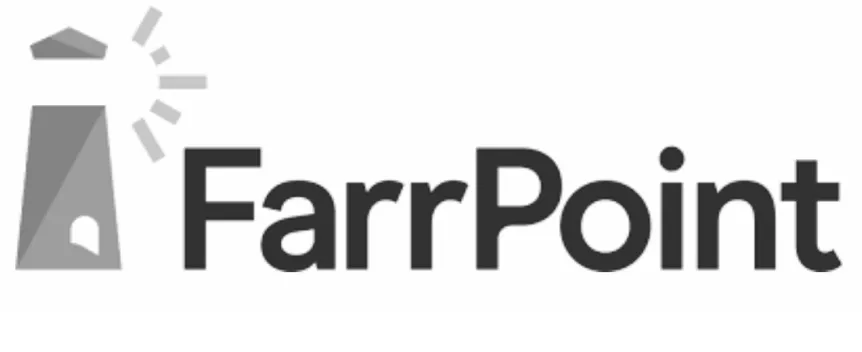Carbon Reduction Plan Guidance & Support (PPN 006)


Trusted By 400+ businesses





.svg)










.svg)










.svg)





What our clients say
Want to see an example report?
Book a Call
Prefer to send a message? Get in touch here.
- User-friendly software
- One-click reporting
- 1:1 support from the experts

Pricing for any business
12-month contract with auto-renewal.
What's a Carbon Reduction Plan?
Required for public sector tenders bids
Officially required for government contracts valued at over £5m per year – and all NHS work since April 2024 – in reality a compliant Carbon Reduction Plan is often needed just to join supplier frameworks.
Includes emissions, targets and actions
Your CRP must include your carbon footprint (Scopes 1, 2 and some Scope 3) for your baseline and current financial year. You'll then need to make your Net Zero commitment, and build an emissions reduction plan show the actions you're taking to get there.
Must be published on your website
A Carbon Reduction Plan is a public-facing document that must be signed off at board-level and published on your website. To remain compliant, it needs to be updated annually and within 6 months of your FY-end.
🚧 The Challenge
You don't have the expertise internally
Carbon accounting can be complex. What data do you need? What scopes matter? Without guidance, it’s hard to know whether you’re calculating your footprint correctly – or meeting the exact requirements of a compliant Carbon Reduction Plan.

You don’t have time to handle it
Carbon reporting often lands on someone who already has a full workload – from Ops leads to Sales Directors. It gets pushed down the list, until there’s a tight deadline and no room for re-works.

You don’t want to get it wrong
There’s real reputational risk in sharing data that isn’t credible – especially when you’re required to publish your emissions publicly. You need confidence that your approach is accurate and credible.

Why Work With Seedling?
Easily create a compliant plan
Our streamlined, SME-friendly software helps you to easily calculate your Scope 1, 2 and required Scope 3 emissions in line with the GHG Protocol. We'll then automatically generate a full Carbon Reduction Plan in line with PPN 006 (06/21).
Get support at every step
Work 1:1 with a Seedling adviser to input your data and get an answer to any question. We'll draft your CRP to ensure it meets the requirements, and help you build a practical decarbonisation strategy that fits your business.
Tight deadline? No problem
We understand that sometimes not everything goes to plan when it comes to prepping for RFPs or framework submissions. Our expertise and automated reporting mean we can help you to move fast and meet your deadline, even if it's within the week.



.png)



.svg)

